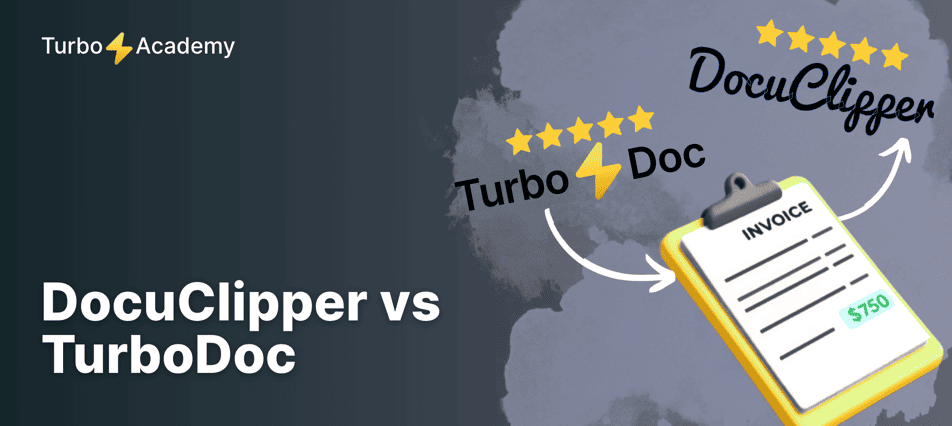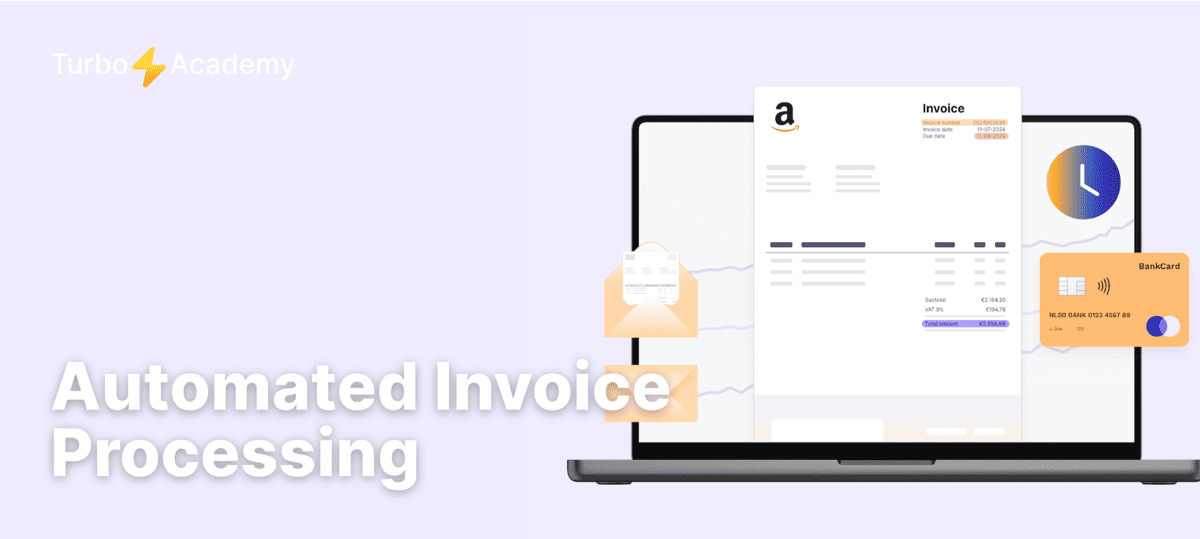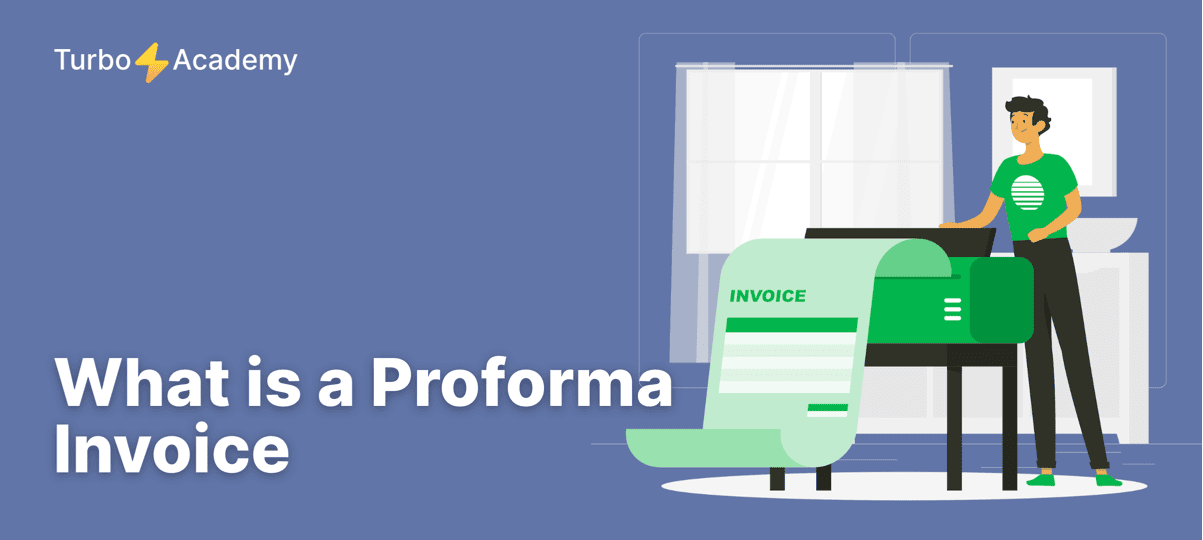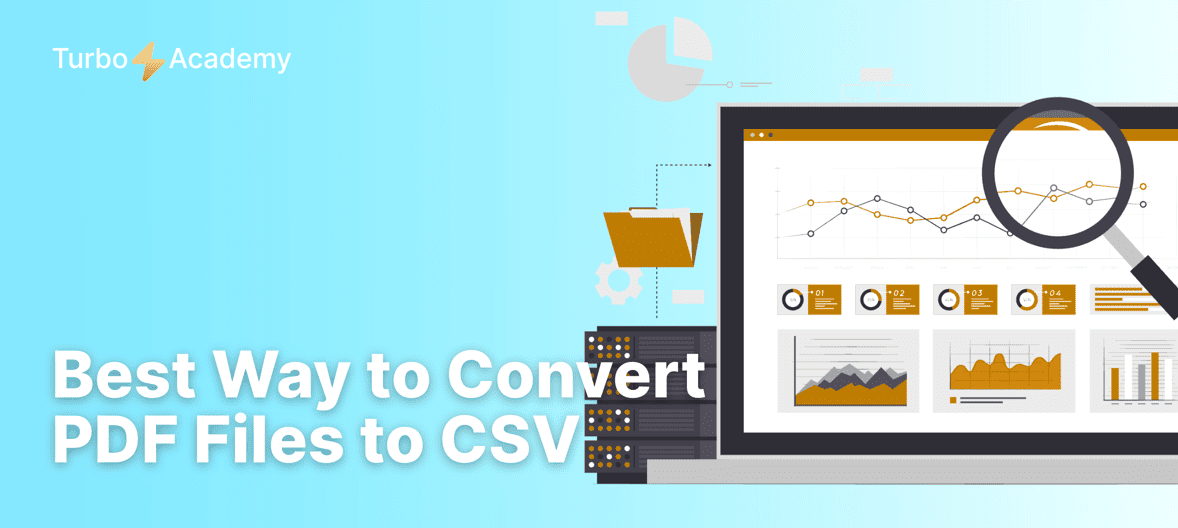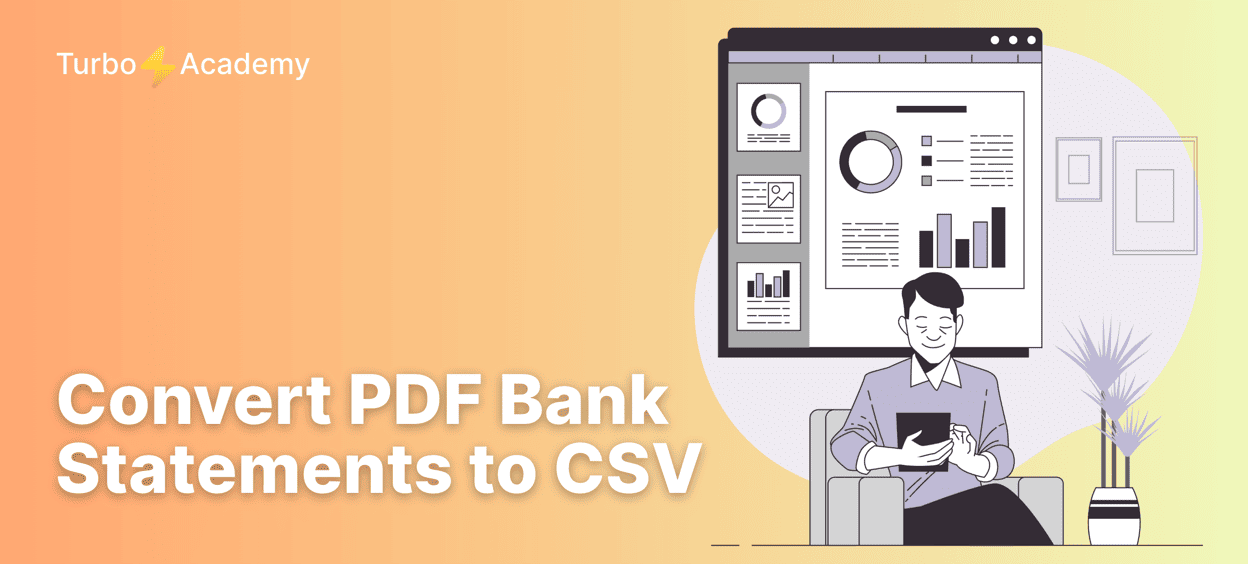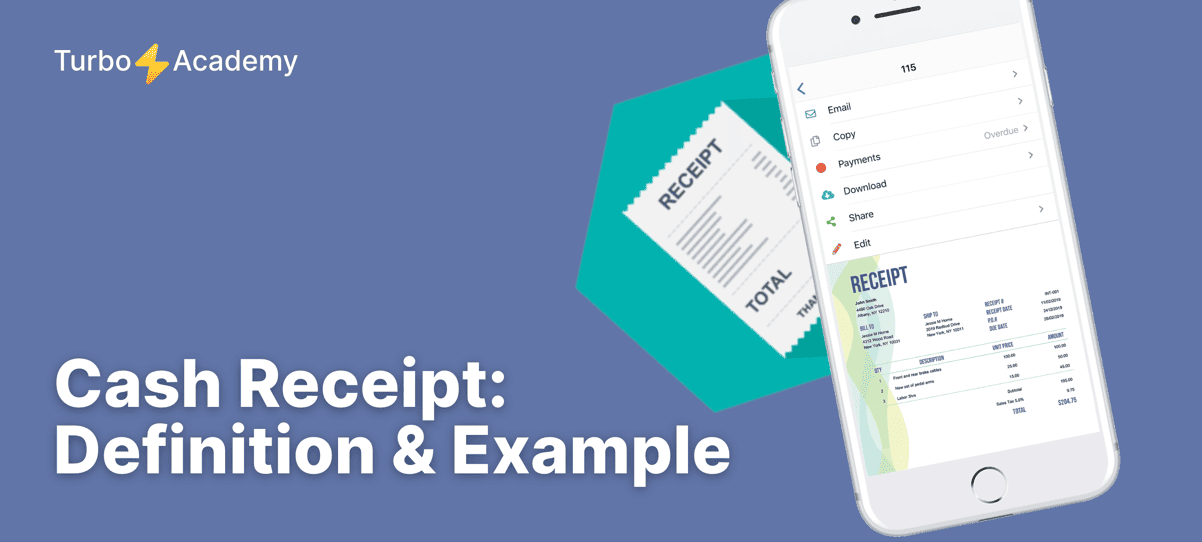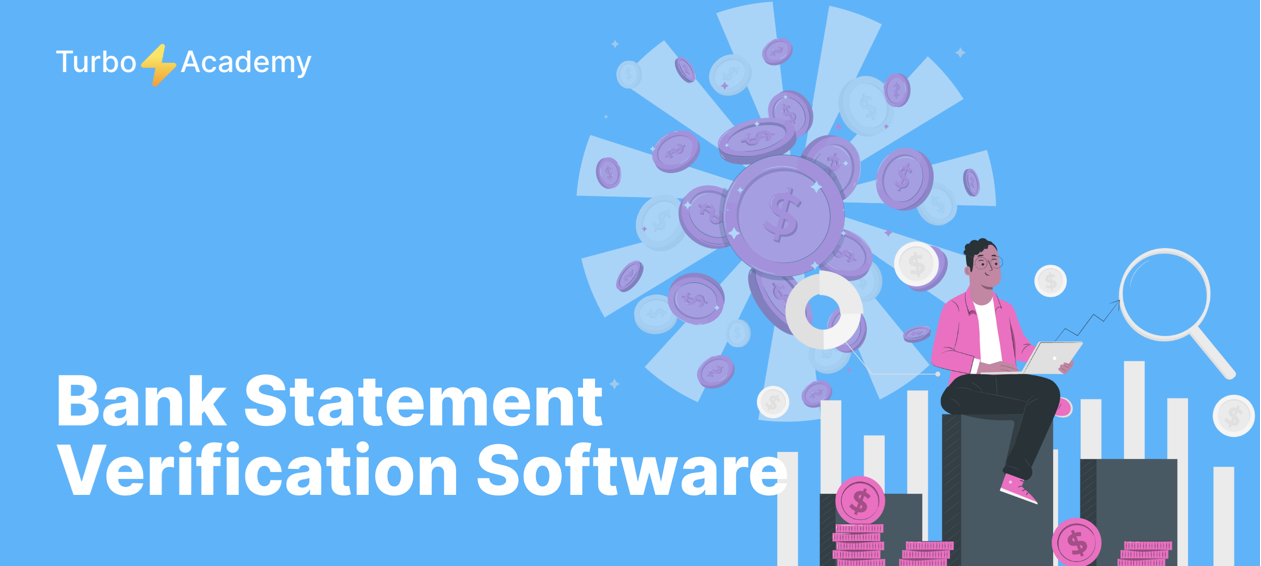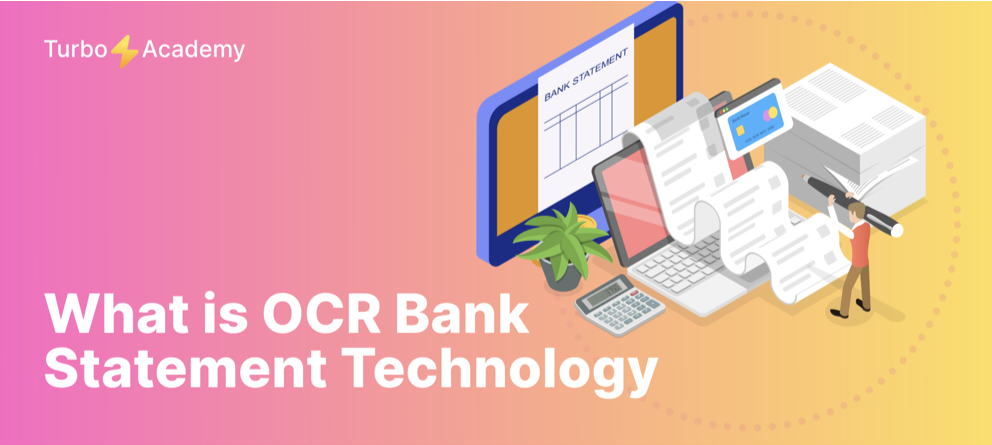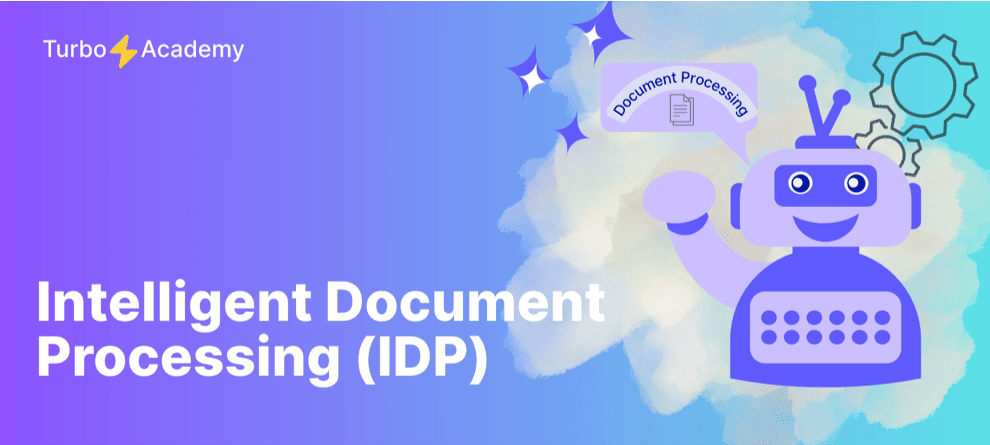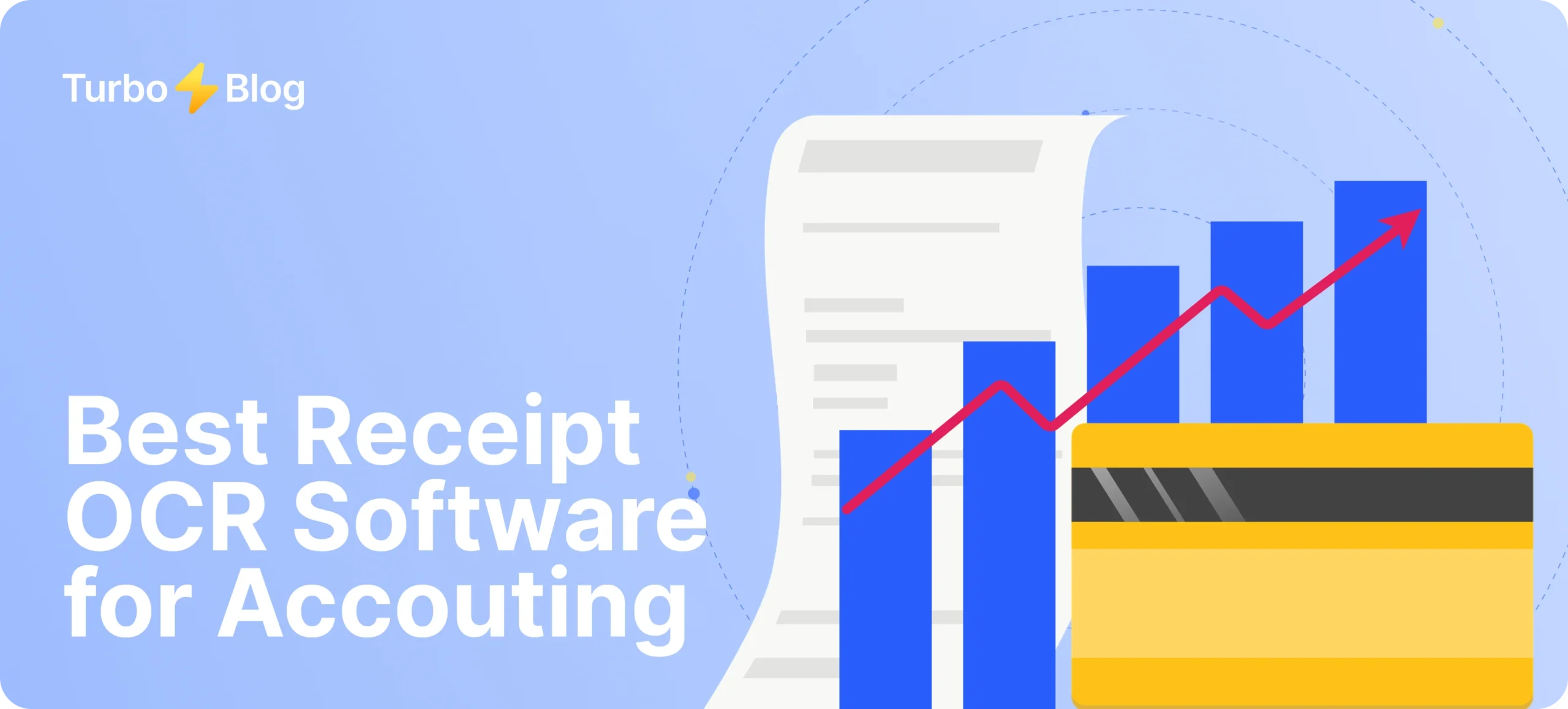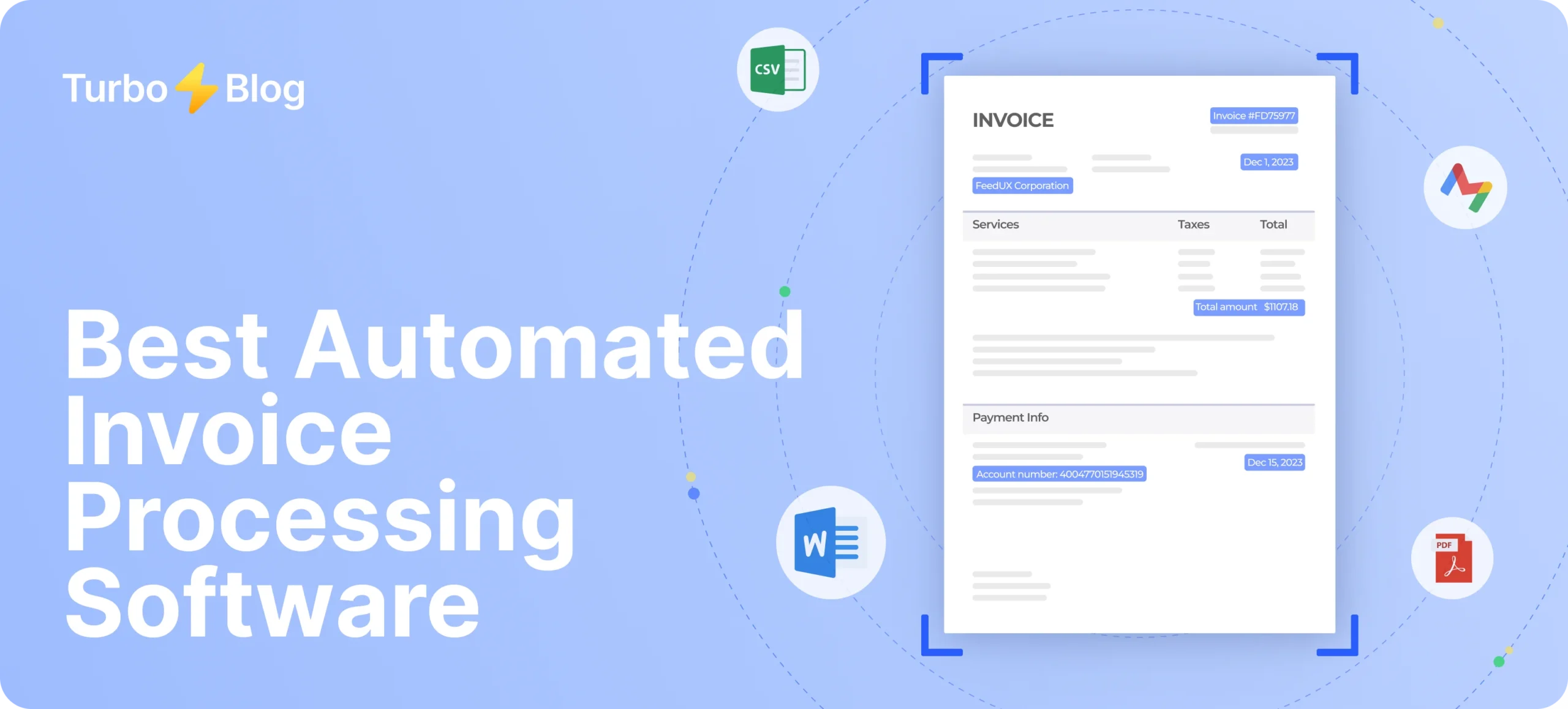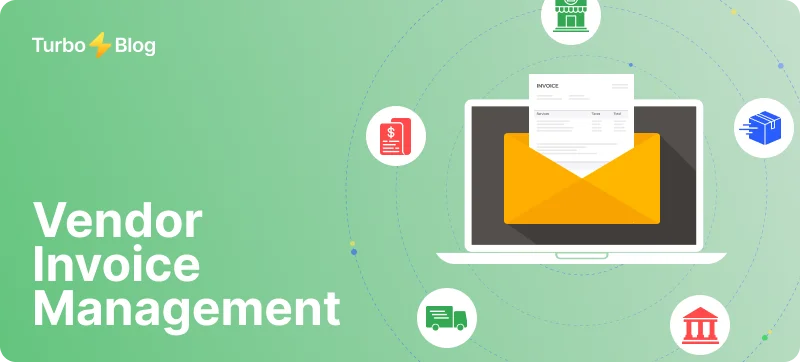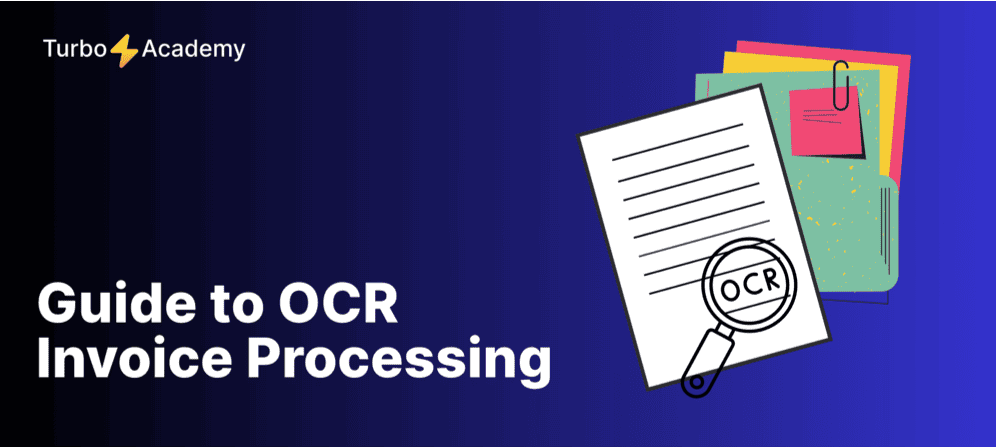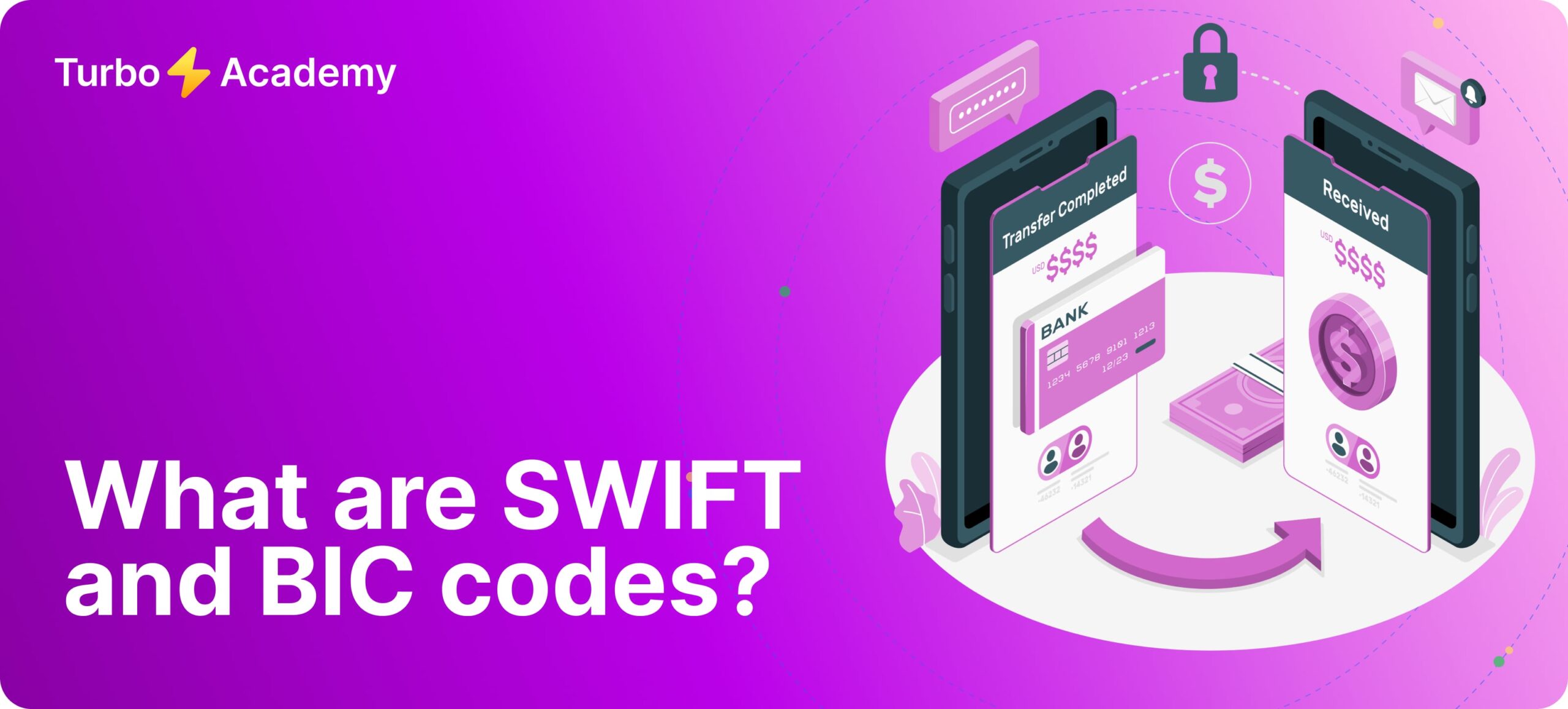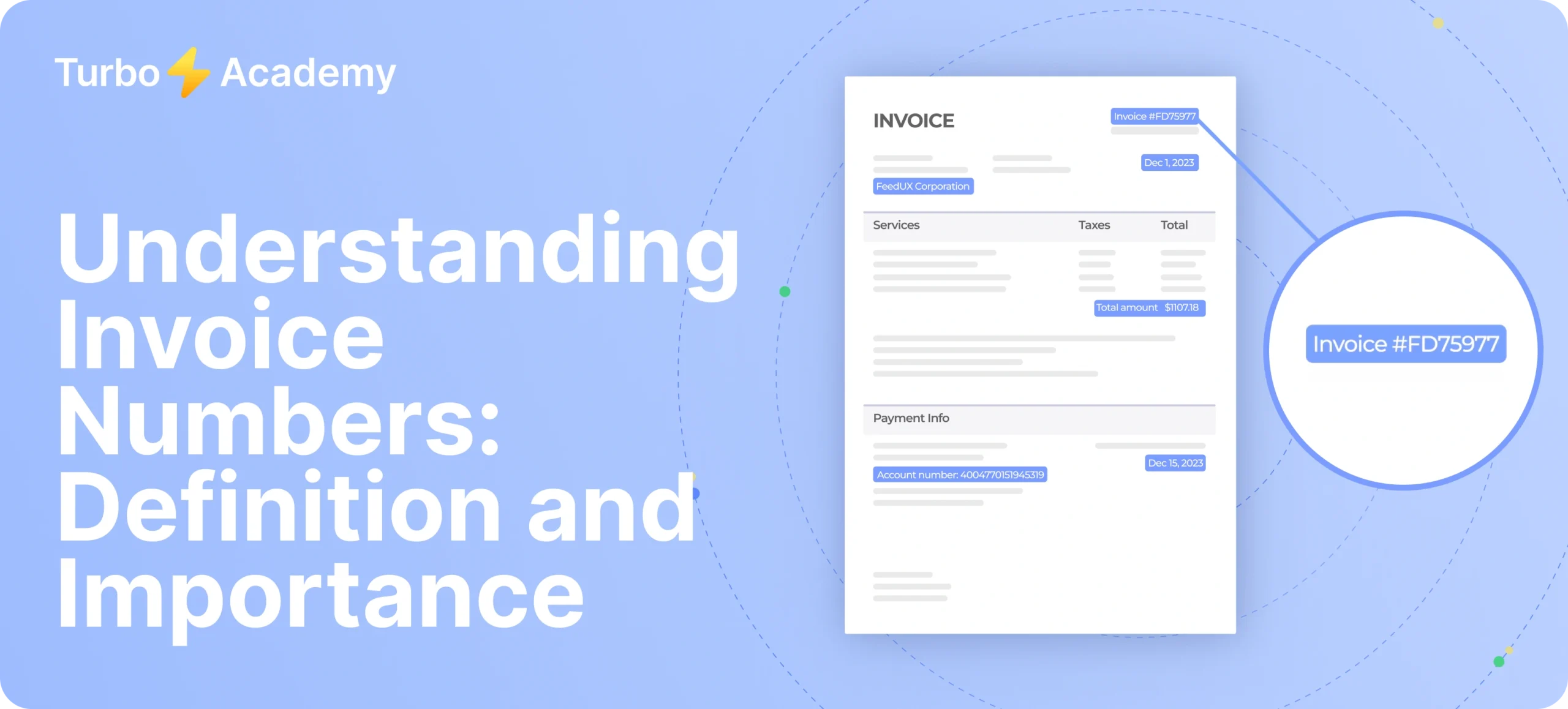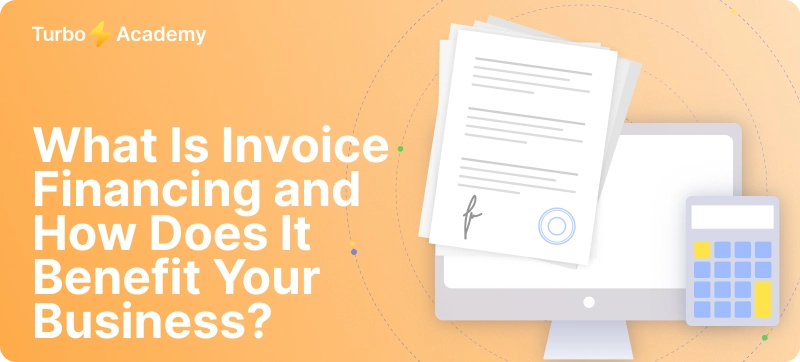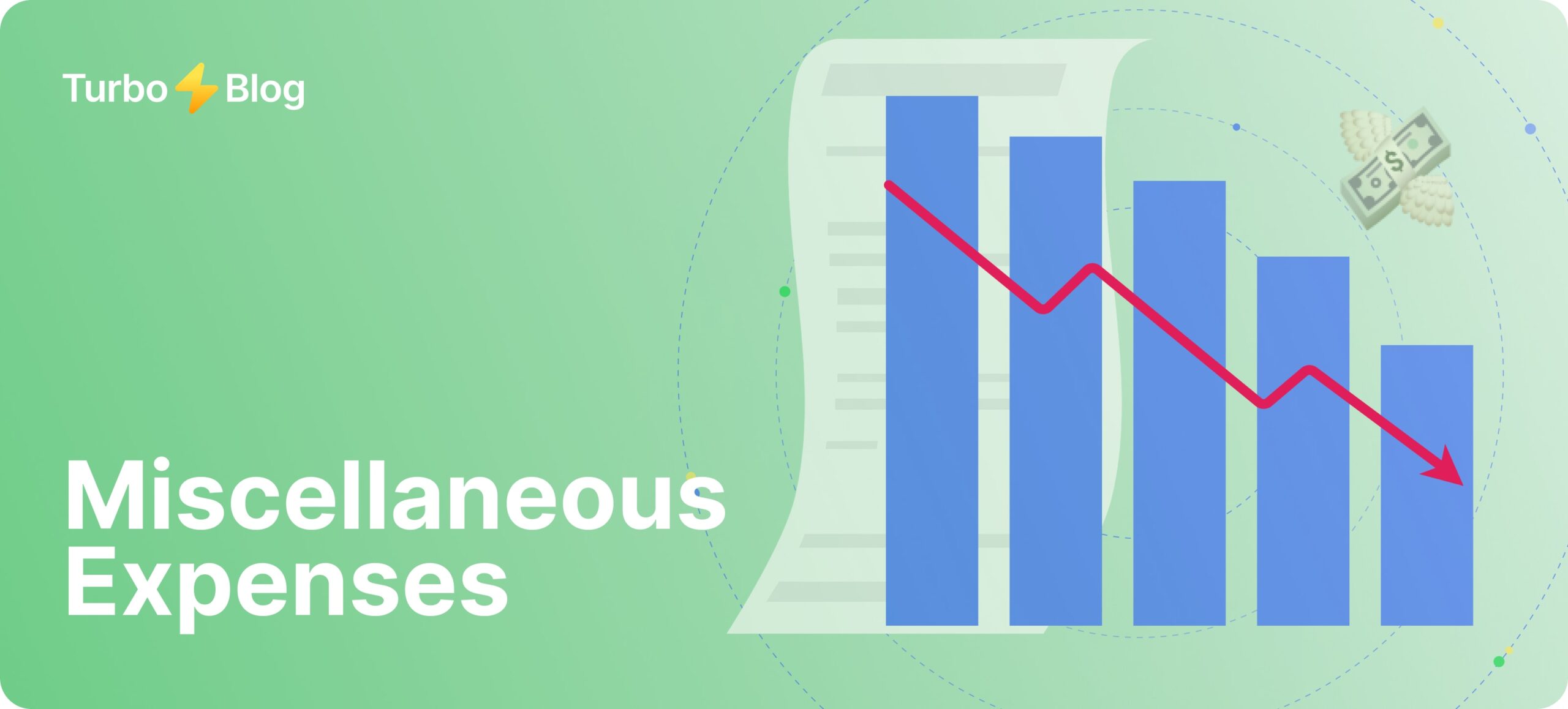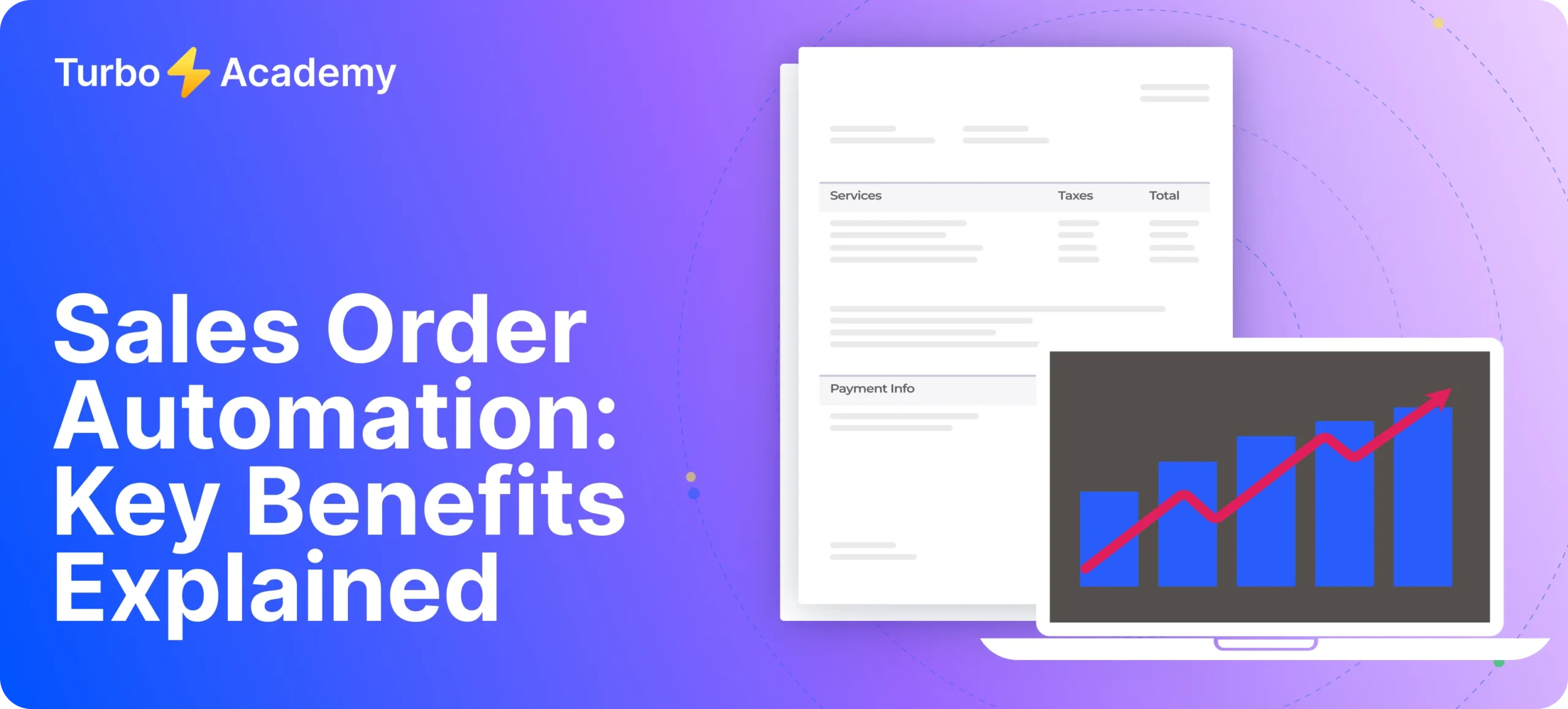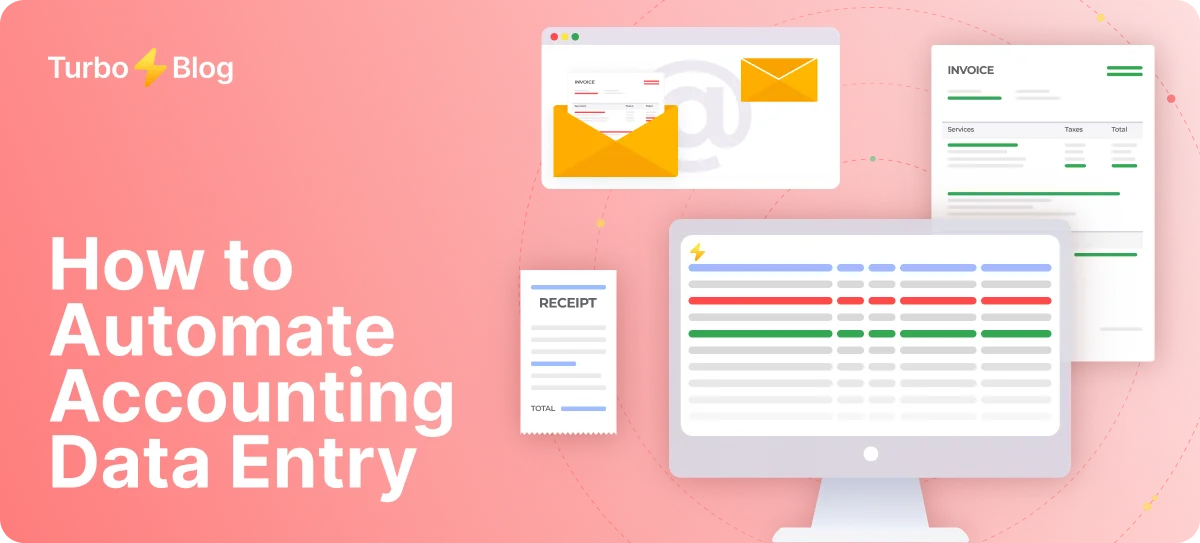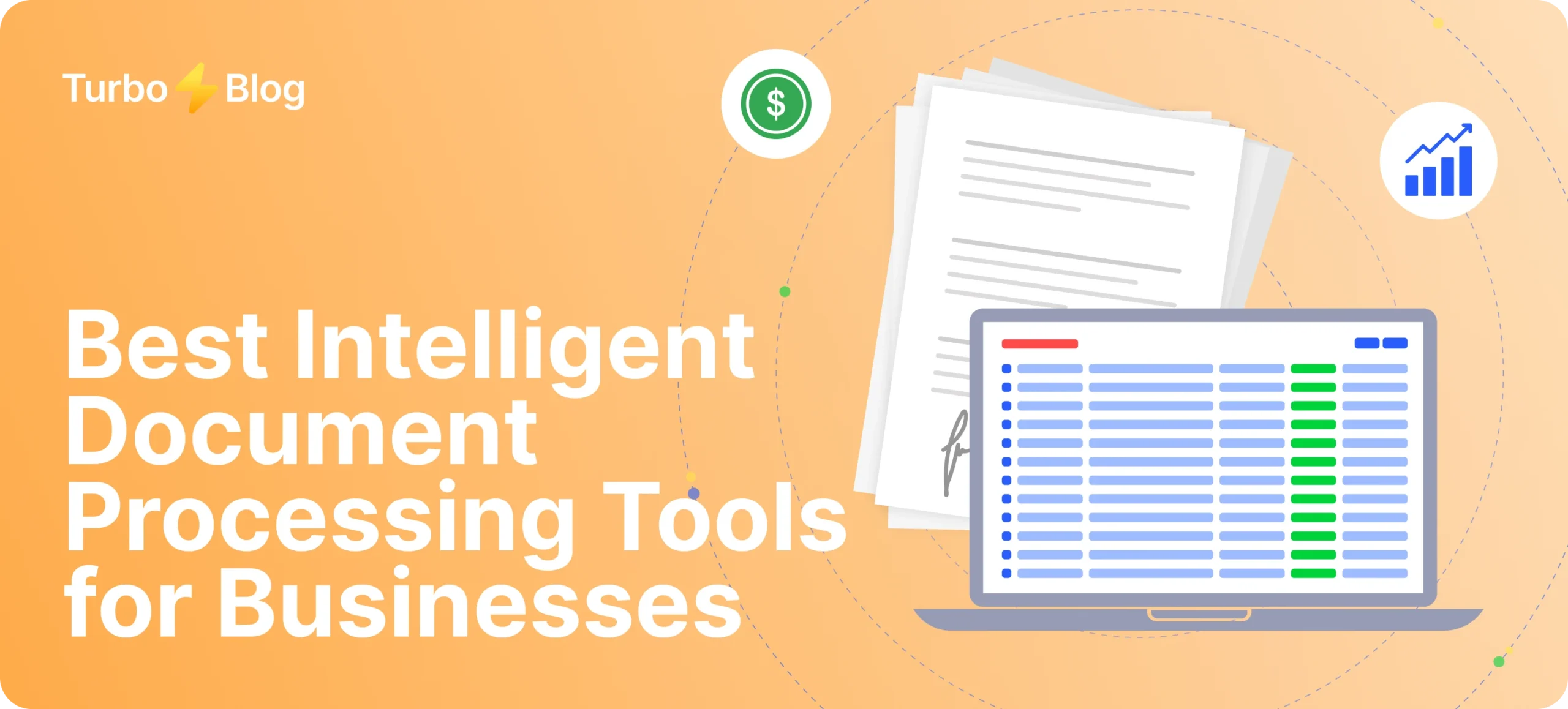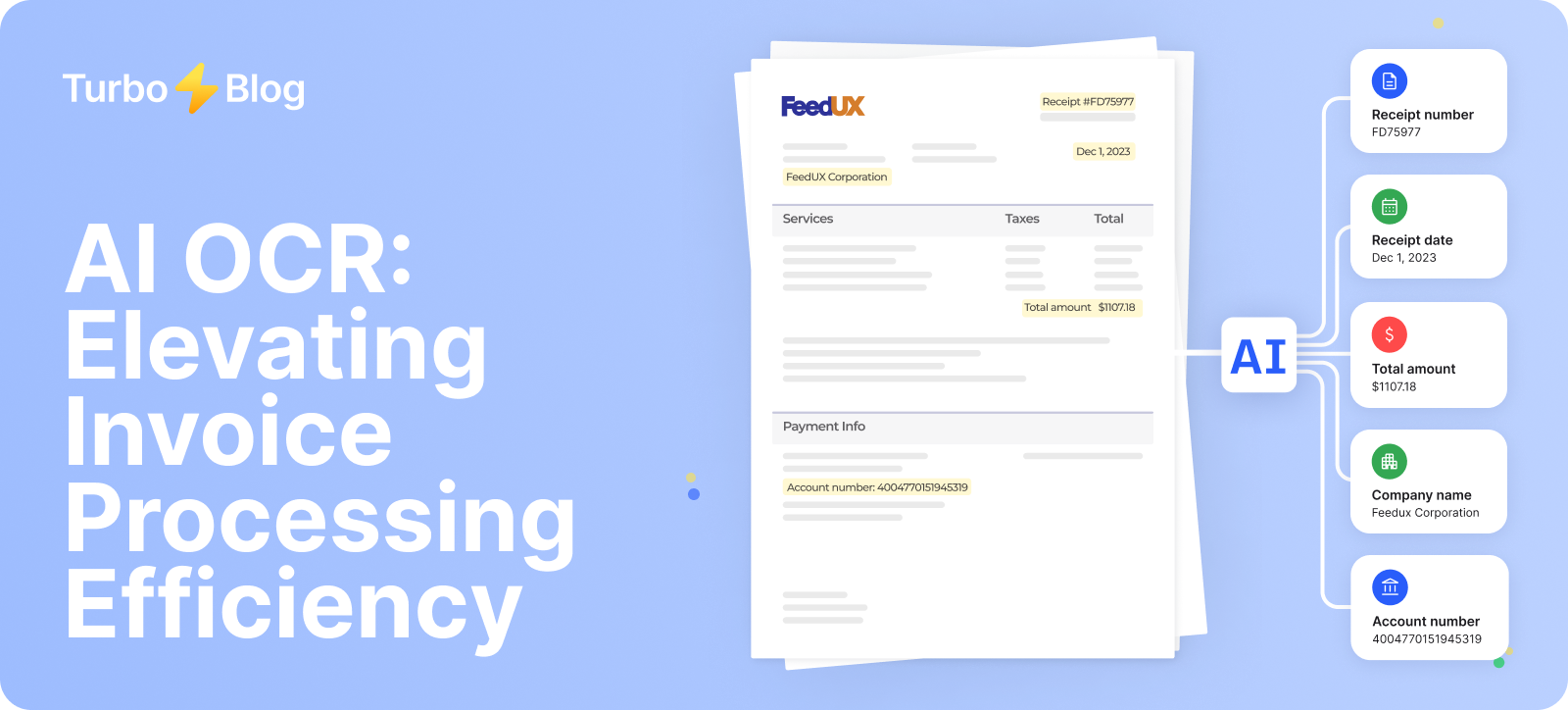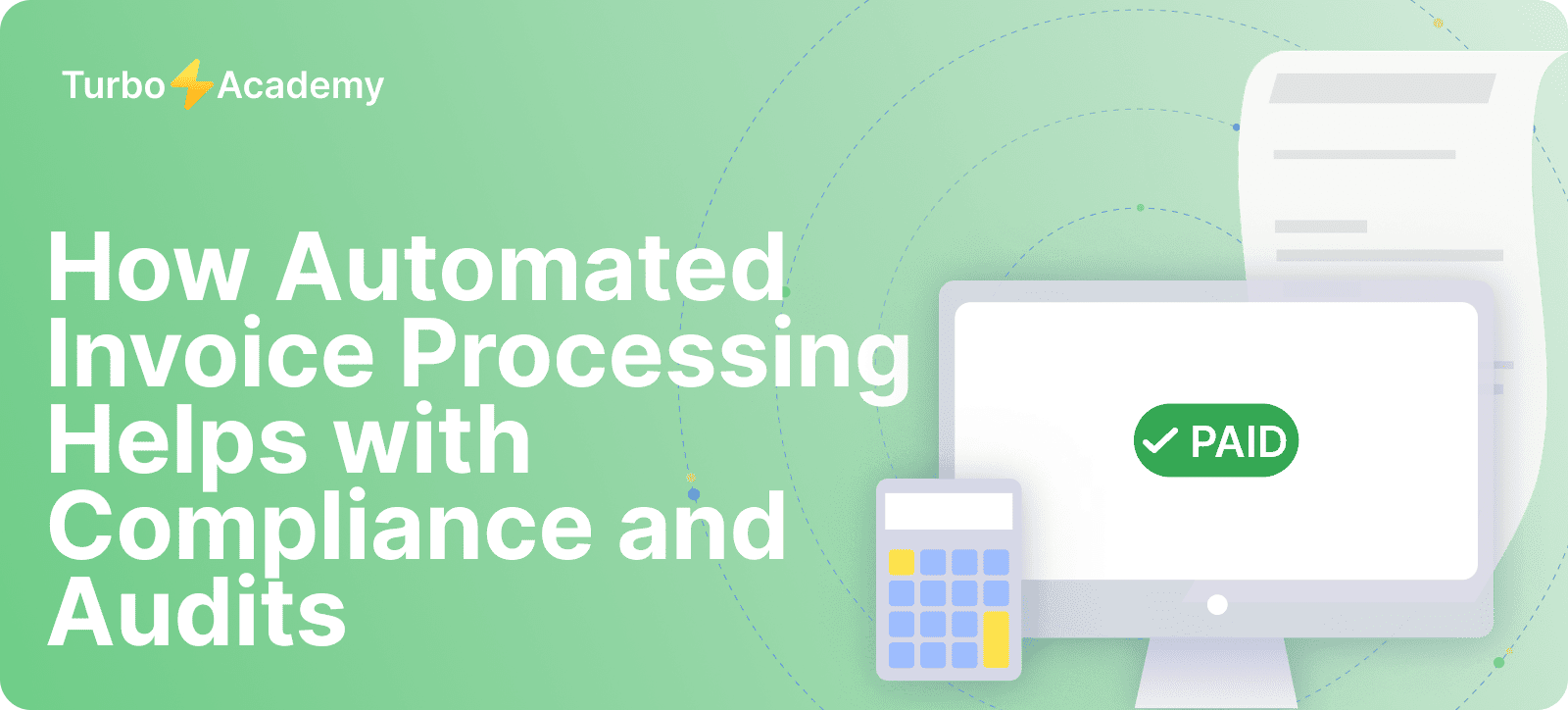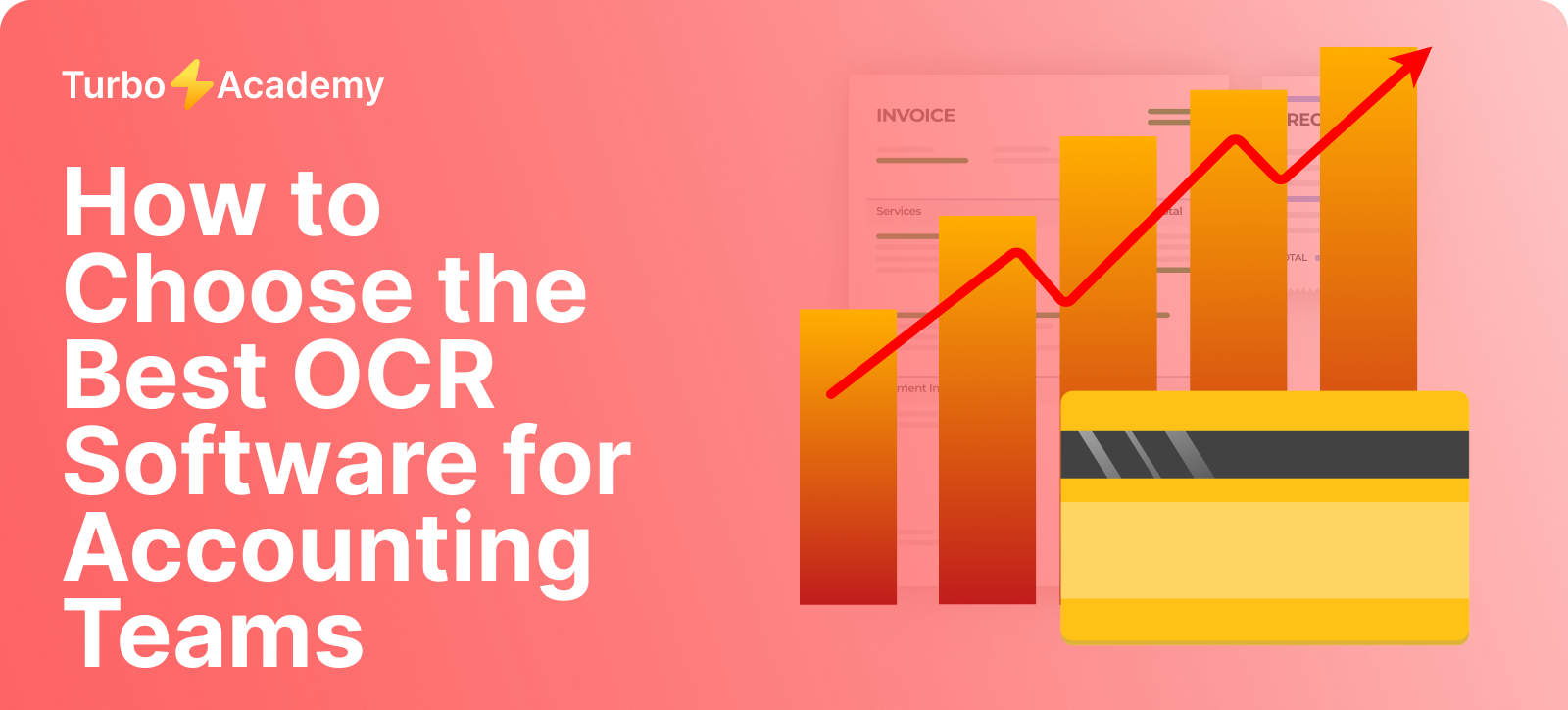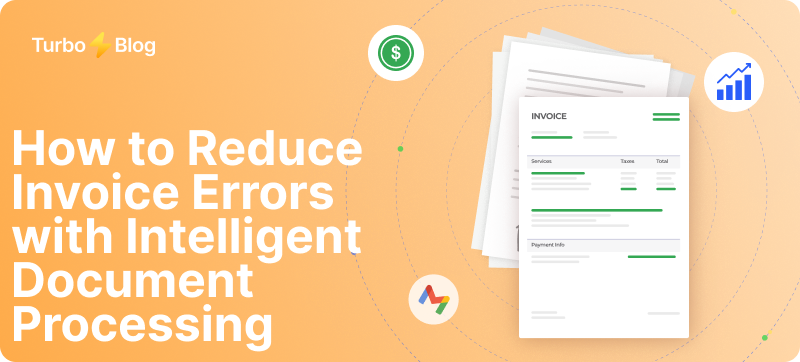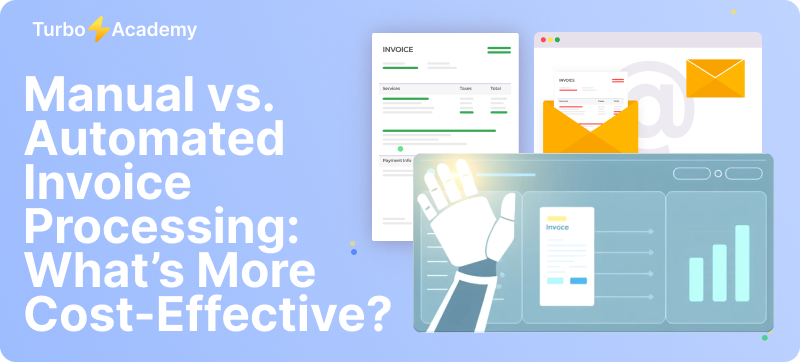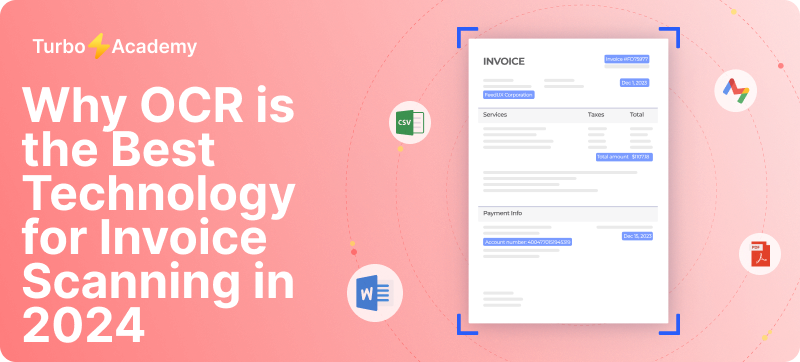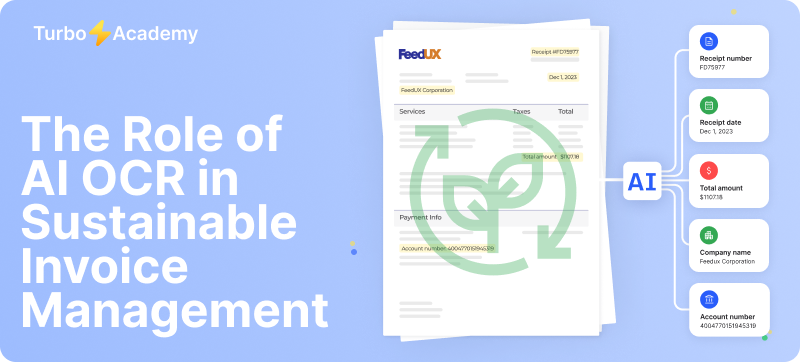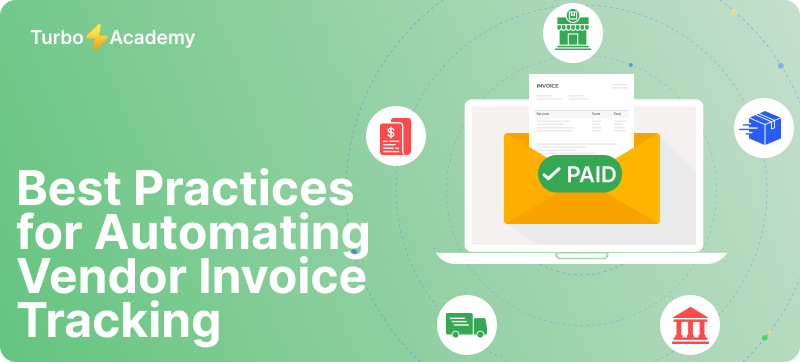A billing cycle represents the regular interval between bills for a credit card, utility service, or subscription. Understanding how billing cycles work is crucial for managing your finances effectively and maintaining a good credit score. This comprehensive guide will explore everything you need to know about billing cycles, from their basic definition to their impact on your financial health.
Automate document processing with TurboDoc
Recognize invoices, contracts, and forms in seconds. No manual work or errors.
Try for free!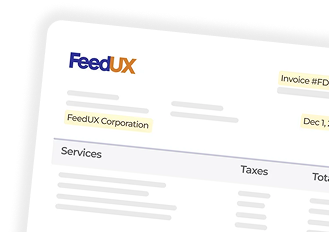
Understanding the Basics of Billing Cycles
A billing cycle is a consistent time period between bills that typically spans about a month, though the exact length can vary by provider. Think of it as a financial snapshot that captures all your account activity during a specific timeframe. For example, if your credit card billing cycle runs from the 15th of one month to the 14th of the next, any purchases, payments, or credits that occur during this period will appear on your next statement.
Unlike calendar months, billing cycles don’t necessarily start on the first day of the month. Your cable bill might run from the 5th to the 4th, while your electricity bill could span from the 20th to the 19th. This staggered approach helps companies manage their customer volume and distribute their workload throughout the month.
How Long Is a Typical Billing Cycle?
Most billing cycles last between 28 and 31 days, aligning roughly with calendar months. However, the exact length can vary depending on several factors:
Credit Cards
Credit card billing cycles usually last 30 days, but they might occasionally extend to 31 days or shrink to 28 days depending on the number of days in the month. Some credit card issuers maintain consistent 30-day cycles regardless of the calendar month.
Utilities
Utility companies often operate on cycles of 30 to 33 days, sometimes adjusting for weekends and holidays when meter readings aren’t conducted. This flexibility helps them maintain efficient operations while ensuring regular billing intervals.
Subscriptions
Digital services and subscriptions typically follow strict calendar month cycles, running from the first to the last day of each month, though some may begin on your sign-up date and repeat monthly from there.
Automate document processing with TurboDoc
Recognize invoices, contracts, and forms in seconds. No manual work or errors.
Try for free!



The Impact of Billing Cycles on Your Credit Score
Your billing cycle plays a significant role in your credit score, particularly through its relationship with credit utilization and payment history. Credit card companies typically report your account status to credit bureaus at the end of each billing cycle. This reporting date is crucial because it determines which balance gets reported to the credit bureaus.
For instance, if you charge $2,000 to your card with a $5,000 limit but pay it down to $500 before your billing cycle ends, the lower amount is what gets reported. This results in a 10% credit utilization ratio rather than 40%, which is much better for your credit score. Understanding this timing can help you strategically manage your credit utilization.
Understanding Statement Dates vs. Due Dates
Within each billing cycle, two important dates emerge: the statement closing date and the payment due date. The statement closing date marks the end of your billing cycle, while the due date typically falls 21-25 days later. This gap between the statement closing date and the due date is known as the grace period, during which you can pay your bill without incurring interest charges on new purchases.
How to Use Billing Cycles to Your Advantage
Understanding your billing cycles can help you optimize your financial management in several ways:
Budgeting
By knowing when your bills are due, you can plan your budget around your payment schedule. This is particularly helpful if you receive biweekly paychecks and need to allocate funds across multiple billing cycles.
Interest Avoidance
For credit cards, understanding your grace period allows you to make purchases at optimal times to maximize your interest-free period. For example, making a large purchase right after your billing cycle closes gives you nearly two months to pay before interest accrues.
Credit Score Management
Timing your credit card payments before the statement closing date can help maintain lower reported utilization rates, potentially boosting your credit score.
Automate document processing with TurboDoc
Recognize invoices, contracts, and forms in seconds. No manual work or errors.
Try for free!
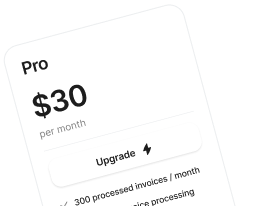
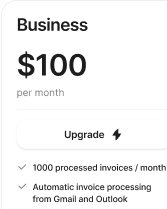
Common Billing Cycle Challenges and Solutions
Missing a billing cycle payment can result in late fees, interest charges, and potential damage to your credit score. To avoid these issues, consider these practical solutions:
Automatic Payments: Set up automatic payments to ensure you never miss a due date. Just make sure to maintain sufficient funds in your account to cover the payments.
Payment Reminders: Use your phone’s calendar or financial apps to set up payment reminders a few days before each due date.
Cycle Adjustment Requests: Some providers will adjust your billing cycle dates upon request to better align with your pay schedule or other bills.
Special Considerations for Different Types of Bills
Different types of services handle billing cycles in unique ways:
Credit Cards: These often have the most flexible billing cycles and usually offer grace periods for new purchases.
Utilities: Cycles may vary slightly month to month due to meter reading schedules and can be affected by seasonal factors.
Subscription Services: These typically follow stricter calendar month cycles or anniversary date billing, with automatic renewals on the same day each month.
Looking Ahead: The Future of Billing Cycles
As financial technology evolves, billing cycles are becoming more flexible and user-friendly. Many companies now offer custom billing date selection, real-time usage tracking, and predictive billing estimates. These innovations help consumers better understand and manage their financial obligations.
Understanding billing cycles is fundamental to maintaining healthy finances. By knowing how they work and how to use them to your advantage, you can better manage your money, avoid unnecessary fees, and maintain a strong credit score. Remember that while billing cycles may seem complex at first, they follow predictable patterns that, once understood, can become valuable tools in your financial planning arsenal. Similarly, for businesses looking to streamline invoice management, TurboDoc’s AI-powered automation ensures accuracy, efficiency, and seamless processing, reducing manual workload and improving financial control.
❓ Billing Cycle — FAQs
How long is 1 or 2 billing cycles?
One billing cycle = one statement period (typically 28–31 days). Two billing cycles therefore equal roughly 30–60 days, i.e. two consecutive statement periods.
What does “1 to 2 billing cycles” mean?
It refers to one or two statement periods. For example, if a policy or fee applies “within 1–2 billing cycles,” it means it can occur during the next one or two monthly periods (about 30–60 days).
Is a billing cycle always 30 days?
No. Most billing cycles are monthly (~30 days), but the exact length depends on the issuer. Some cycles are 28, 29, 30, or 31 days. Always check your statement or online account for exact dates.
What does “per billing cycle” mean?
“Per billing cycle” means “for each statement period.” For example, a monthly fee or spending limit resets at the start of each new cycle.
What happens if you miss a billing cycle (miss a payment)?
If you miss the due date you can expect late fees, interest charges, and potential loss of promotional APRs. After 30 days, issuers often report it to credit bureaus, which can hurt your score.
How does a billing cycle affect my credit score?
Your cycle determines the date your balance is reported to credit bureaus. High balances raise utilization and may lower your score. Timely payments protect your payment history — the top credit factor.
How do I know when my billing cycle starts?
Check your monthly statement or online account. The “statement period” shows the start and end dates, plus the payment due date. Your issuer’s support can also confirm cycle details.
What is the best day to pay my credit card?
Two strategies: (1) Pay by the due date each cycle to avoid interest, or (2) pay before the statement closing date to reduce reported balance and improve utilization ratio.
Should I pay before the billing cycle ends?
Paying before the statement closes lowers reported balances. Waiting until after the cycle is fine too, but always pay the full statement balance by the due date to avoid interest.
What happens at the end of a billing cycle?
At cycle close your issuer generates a statement with charges, credits, statement balance, minimum payment, and due date. That balance is reported to credit bureaus and must be paid by the due date to avoid interest.



